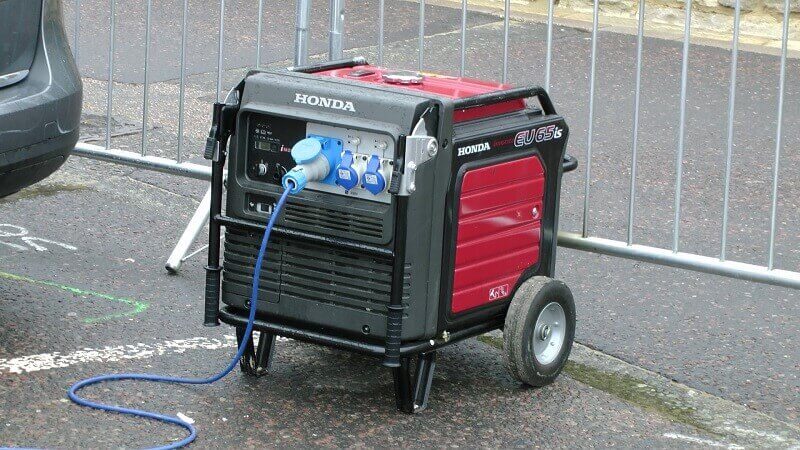First, GPS tracking provides real-time location data that can be extremely accurate and usually within 3 meters, which is critical for vehicle recovery. GPS technology can provide the precise location of a stolen vehicle, which can be shared with law enforcement to aid in recovery efforts. BLE, on the other hand, only provides the approximate location of a vehicle, with accuracy that can go out to 100 m or more, making it more challenging to locate stolen vehicles.
 (Image caption: Trackem GPS History report with data on time, progressive hour, distance, speed, country, address, latitude, longitude, movement)
(Image caption: Trackem GPS History report with data on time, progressive hour, distance, speed, country, address, latitude, longitude, movement)Also, GPS tracking can provide detailed information about a stolen vehicle's movement, including its speed and direction. This information can be critical in tracking down a stolen vehicle and identifying where the vehicle has been, where it is now, and in what direction it is headed. BLE technology cannot provide this level of detail, which can make it more challenging to locate a stolen vehicle especially if it is on the move.
Another major advantage of GPS tracking is that it can be used to set up virtual boundaries, known as geofences. These geofences can alert the vehicle owner or law enforcement if the vehicle enters or exits a predefined area, providing an additional layer of security against theft. BLE technology does not have the ability to create geofences, limiting its effectiveness in recovery or real-time alerting.

In conclusion, GPS tracking technology has several advantages over BLE in vehicle theft recovery. GPS tracking provides accurate and real-time location data, is not reliant on any specific infrastructure, provides detailed information about a stolen vehicle's movement, can be used to set up geofences, and is a more established and widely used technology for theft recovery. While BLE technology has some applications in vehicle theft recovery and will work great to track your luggage in an airport, its limitations make it less effective than GPS tracking for the purpose of auto, trailer, RV, boat, or heavy equipment theft. The bottom line is that GPS tracking will track your vehicle or asset globally, whereas BLE tracking will only do it if it is close enough to a device that can read and relay that information.
About Solutions Into Motion:
Solutions Into Motion (SIM) is a Canadian company, based in Brantford, Ontario, providing real-time, simple to use GPS tracking hardware and mobile application software for business management. SIM’s first and flagship real-time GPS business solutions brand is Trackem GPS (est. 2004), for more information go to trackem.com or contact:
Shaun Gratrix
Channel Business Manager
Solutions Into Motion
shaun@trackem.com
(866) 868-7225

